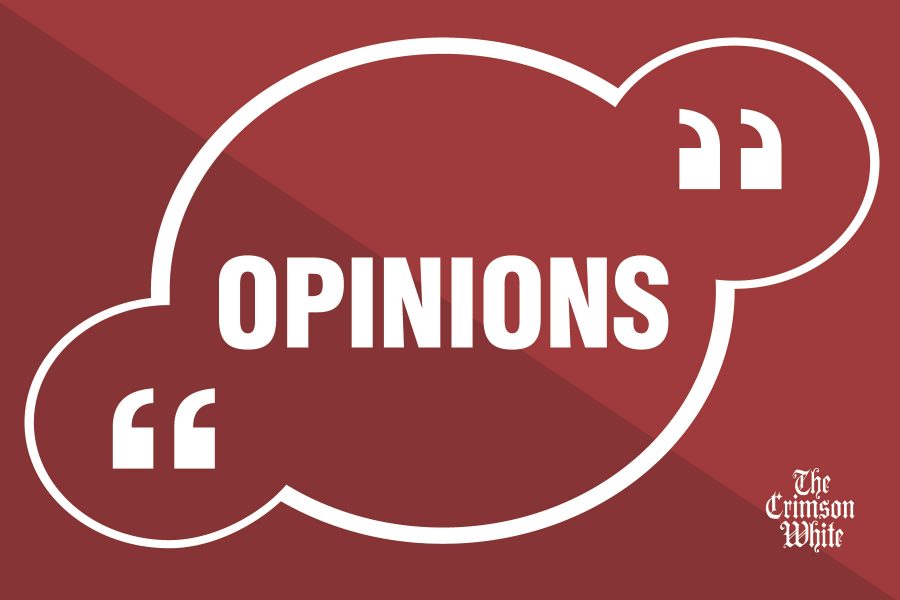We commonly trace the roots of American environmentalism to those 18th and 19th century thinkers and poets who wandered the woods: Muir, Thoreau, Leopold. We quote them in the captions under our Instagram photos of national parks and rivers. They fit into the narrative we find pleasant: a lone figure wandering the woods, finding the deeper meaning in the trees and animals around them. It creates narrative in which “nature” and “environment” are interchangeable.
While this story may be deeply satisfying on the surface, it erases a key component of environmentalism: environmental justice. Modern environmentalism was once centered around social justice, a fight to ensure that environmental benefits and burdens are not disproportionately distributed. It was a movement that strove to ensure that one neighborhood would not be able to transfer the negative consequences of its environmental decisions to another neighborhood.
It strove to ensure that no child would be at a disadvantage just because she had to live in a house with lead paint. It strove to ensure that a corporation could not dump its waste on poor Americans who lack the power to fight back against multi-million dollar corporations. And it was those who lived in these affected areas that led the charge.
In the late 1970s, Lois Gibbs passionately fought for justice for Love Canal, where the dumping of chemicals led to a catastrophic child health disaster; her fervor led to the adoption of the Superfund Act. The Civil Rights Movement helped shed light on the grim reality that America’s environmental blights, from coal power plants to landfills, were disproportionately placed in neighborhoods with higher percentages of people of color. During his time as a community organizer in the 1980s, President Obama fought to have asbestos, whose fibers can cause chronic lung disease, removed from public housing in the South Side of Chicago.
While Muir and Thoreau provided valuable foundational insights, the modern environmental movement was built by the hard work of activists in the latter half of the 20th century. Environmentalism thrived when it organized and confronted the injustices that companies and governments inflicted upon its own people. These activists made noise and confronted those who harmed the health of their fellow Americans.
But mainstream environmentalism today often clings to a vision that is too white, too elite, too focused on the aesthetic. Those with wealth take safe living spaces, clean water, and unpolluted air for granted. And more often than not, we have the resources and availability to leave our built environments to venture into places that feel “natural.” As a result, when our focus shifts to these natural spaces, so does our money and influence.
But to more impoverished populations, their built environment is where they spend most of their lives, forcing them to be much more attuned to environmental detriments. Those in upscale areas pat themselves on the back as they open a new park, but usually make sure to keep their backs turned on their landfill nestled among public housing units, leaching pollutants into groundwater. The mother whose children drinks water affected by that landfill does not have the privilege of ignoring it.
At times, it appears we only care about the part of the environment that fits on our Instagrams. And while there is merit to appreciating the aesthetic and ecological nature of the environment, understanding the linkages between humans and the world around us is a vital perspective and necessary for environmentalism. An “environment” beyond the Grand Canyon exists, an environment that can be plagued by asbestos and lead, high concentrations of carbon monoxide and particulate matter, and higher incidences of cancer and birth defects.
Environmentalism is centered on the distribution of environmental harms and benefits. And while we sometimes place too much emphasis on how human distribute harms to Earth’s systems, we must not lose track of environmental harms we place on other humans. Framing the argument this way may serve to attract more supporters to the environmental movement. It’s tough to inspire someone to protect a river in their town when presenting them with a dead frog. It becomes much easier when you tell them that the water coming out of their tap has lead in it.
We very recently witnessed how the Standing Rock Sioux tribe spurred one of the most prominent environmental conflicts of the year, if not the decade, as they fought against the Dakota Access Pipeline. It was fervor that can only come from a group personally affected by an environmental injustice. Their activism captured the attention of the nation. It will take more resources to keep fighting the fight against the DAPL, but the energy and commitment of the Standing Rock Sioux did more than any Sierra Club ad campaign ever could.
With President Trump in the White House and Scott Pruitt running the EPA, the environmental movement will need to find a source of power outside of Washington. We will need to tap into the roots of the environmental movement, and use environmental justice to organize and create our own power.
Nathan Campbell is a senior majoring in environmental engineering. His column runs biweekly.









